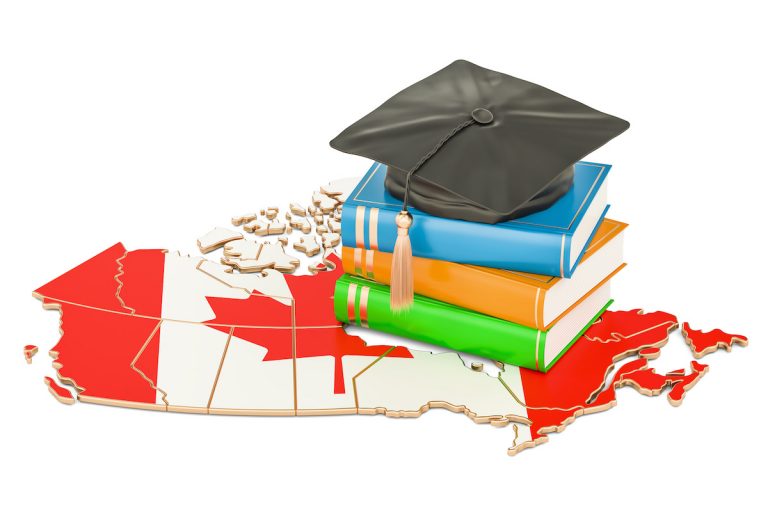An RBC Economics report says Immigration Minister Marc Miller’s cap on study permit applications will not be enough to stop the inflationary effect on rents due to increasing numbers of international students in Canada – but it will slow down the pace of that inflation.
“Assuming similar enrollment rates and outflow patterns as those observed in the three post-pandemic years, we estimate 391,000 new international students will enter Canada this year and 291,000 will graduate or otherwise see their study permits expire,” wrote RBC economist Rachel Battaglia.
“This means the number of international students in Canada will continue to grow by 100,000, about 55 per cent less than the net increase in 2023.”
With that growth in international students in Canada, the pressure on rents from the international students’ demand for housing will moderate but not drop in the short-term.
“The impact on the rental housing market will run along the same lines,” wrote the economist.
Read More Canada Immigration News
Candidates Must Be Active In Start-Up Visa Business Or Have Canada Permanent Residence Application Denied
Manitoba Issues 282 Canada Immigration Invitations In New PNP Draw
Report Says Canada the Safest Place for Travellers in 2024
“But even though we’re expecting growth to moderate, this doesn’t translate to an outright fall in rental demand, at least not in the near-term. Given nearly all international students live in rented accommodation – we’re assuming 97 per cent – we estimate this slowdown could cut demand for new rentals by international students in half relative to 2023.”
As Canada struggled with the severe labour shortages in the country during the COVID-19 pandemic, Immigration, Refugees and Citizenship Canada (IRCC) removed the 20-hour weekly restriction on work hours for international students, allowing them to work up to 40 hours every week.
That temporary measure was initially intended to be in place until the end of last year but Immigration Minister Marc Miller has extended that deadline to the end of April this year.
Now, the immigration minister wants to scale back international students’ hours in the workplace.
“We have gotten addicted to temporary foreign workers,” Miller has reportedly told Bloomberg News
“Any large industry trying to make ends meet will look at the ability to drive down wages. There is an incentive to drive labour costs down. It’s something that’ll require a larger discussion.”
The proposed move to cut back on the work hours of international students comes in the wake of the IRCC having processed more than one million study permit applications last year.
“We finalized 1,089,600 study permit applications (including extensions) in 2023, up from 917,900 in 2022,” notes the IRCC website.
Last month, the immigration minister limited study permits to be handed out to international students in the coming year by the IRCC to only 606,250 study permit applications in 2024.
Study Permit Applications Will Be Capped At 606,250 This Year
“The intent of these Instructions is to ensure the number of study permit applications accepted into processing by the Department of Citizenship and Immigration … within the scope of the instructions does not exceed 606,250 study permit applications for one year beginning on the date of signature,” the Canada Gazette reported on Feb. 3.
The cap on study permit applications is expected to reduce the number of study permits by more than a third, The Globe and Mail has reported.
“The cap is expected to result in approximately 364,000 approved study permits, a decrease of 35 per cent from 2023,” the immigration minister has reportedly said. “In the spirit of fairness, we are also allocating the cap space by province, based on population.”
Watch Video
Under the cap on study permits, it is expected the provinces and territories will each have a limit on their ability to welcome new international students. The national newspaper reports those proposed limits will allow some provinces to increase their international student population while dramatically cutting it in other provinces, including Ontario.
The cap on study permits and proposed reductions in the hours international students will be allowed to work off campus and other, suggested tweaks to TFWP to reduce the number of low-wage workers, though, have some business leaders worried.
At the Canadian Federation of Independent Business (CFIB), president Dan Kelly has openly wondered whether the government is now operating in panic mode as it attempts to deflect from criticism that record immigration has fuelled inflation and caused much of the housing crisis.
He is hoping the government will properly think through the ramifications of changes to the TFWP, particularly for smaller and rural communities, as many businesses have come to rely on immigrants.


